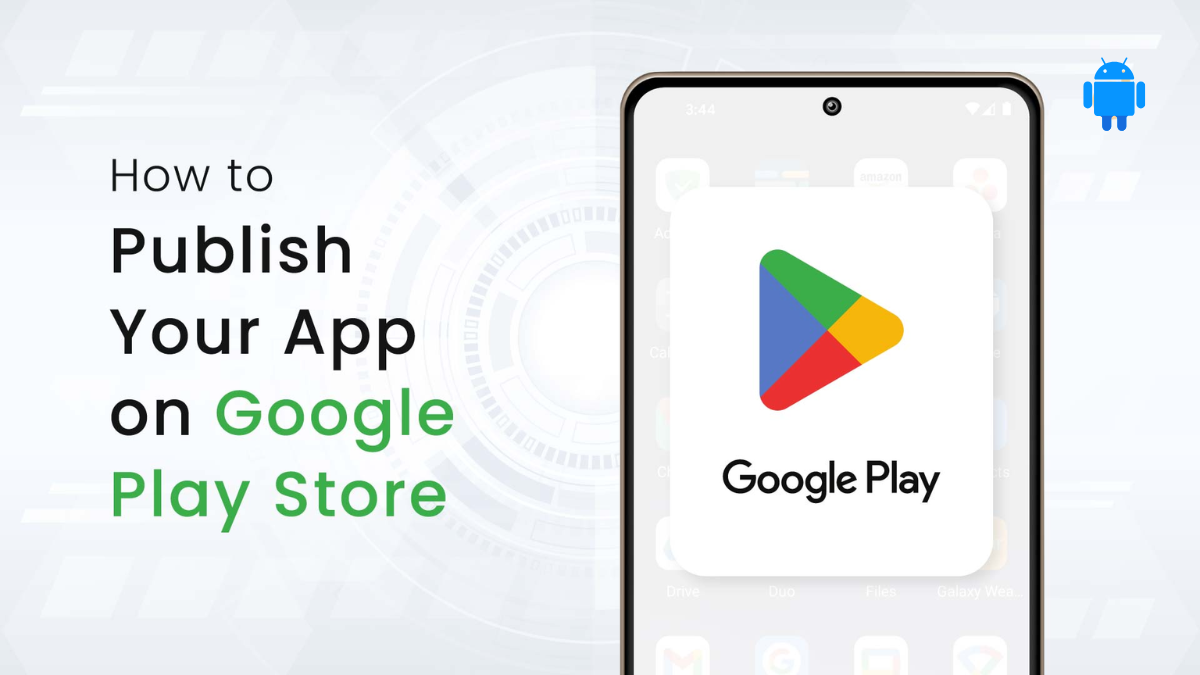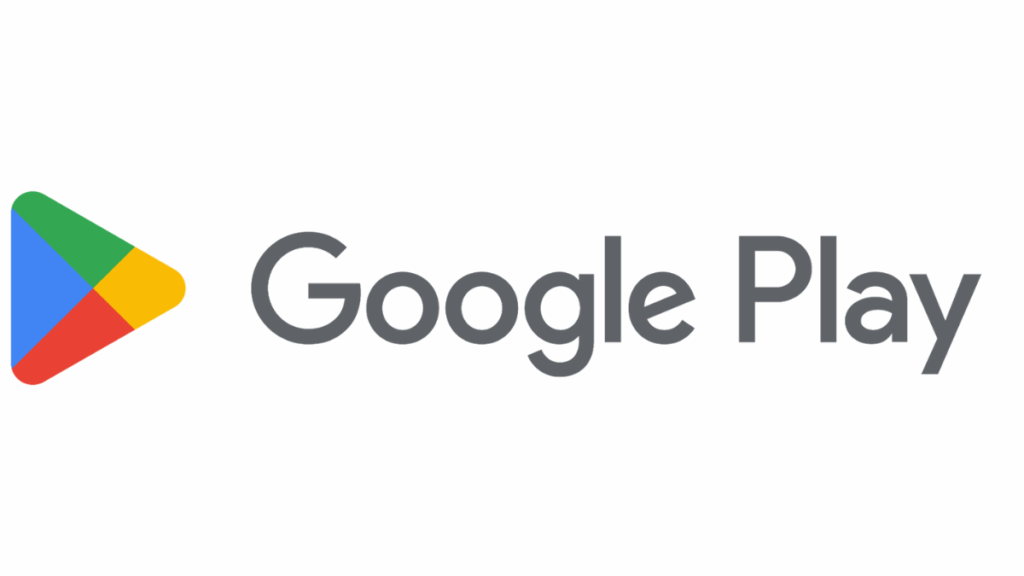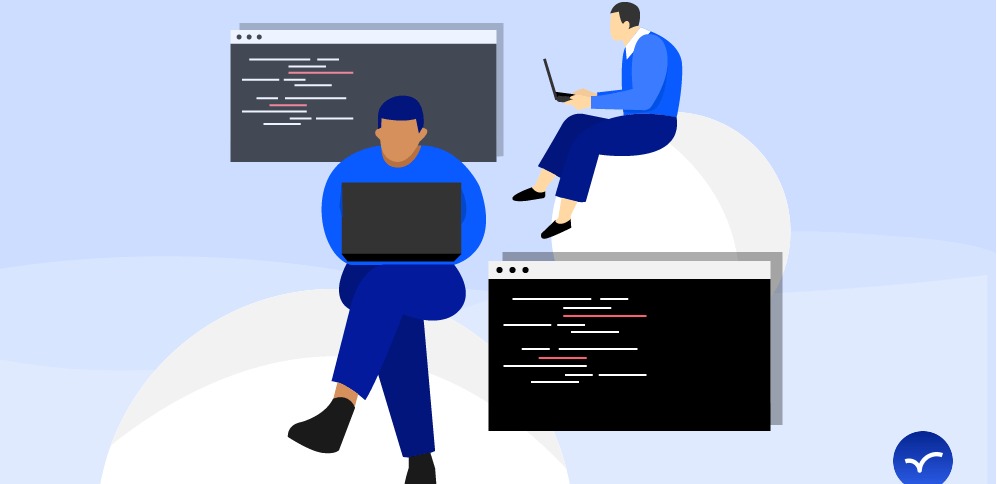
Helpful Tips to Get your App Published on Google Play Store
Crucial Things to Consider before Submitting Your App to Android App Store
Mobile app development is a process of various stages, where you have to build the app in a way that it meets the guidelines of the targeted app store. Otherwise, submitting the app to the app store and making it approved would be more complicated.
In fact, there are a number of aspects that you need to look into to make your app approved by app stores without any hassle. Here are those aspects that you have to make sure before submitting your app to the Google Play store.

Google Play has laid down set of requirements to get Android apps published on the platform.
The main Google Play policies consist of-
- Restricted content, which explains the terms of operating content and lists types of content that the apps cannot include based on regional policies, such as real-money gambling, financial activities, blockchain-based content, child engagement, etc.
- Impersonation policy prohibits developers from copying other apps or pretending to be someone else.
- Intellectual property is oriented to stop unfair appropriation of somebody else’s work.
- Privacy, deception, and device abuse come to discuss how your app can use the network, device, and personal data in an ethical way.
- Monetization and ads are there to provide information on acceptable app monetization models such as in-app advertisements or paid app distribution.
- Store listing and promotion tell how to avoid spammy store listings, low-quality promotion, and artificial app visibility boosting.
- Spam and Minimum Functionality dictates app performance and user experience criteria at a minimum.
- Malware describes forbidding codes, which may pose a risk to users and their devices.
- Mobile Unwanted Software or MU’S governs unwanted app behaviors that trick users into installing additional software, affect the user’s system unexpectedly, or collect private information.
- Families describe how to make your app targeting children compliant with current regulations.
- Other Programs lists further compliance in relation to other Android experiences, like Android Emoji policies.
- Enforcement explains how policies apply and how developers can manage policy violations
These guidelines are mostly concerned with safety and privacy, so if your app is not plagiarized or breaks user data privacy, it should be relatively easy to obtain Google Play’s approval.
-
Register Yourself as a Developer for the Android Market
First, you have to register yourself as a developer for the Android market. Only after the completion of this step, you can distribute your products on Google Play store. It is imperative for every mobile app development company in Kuwait, USA, and across the world.
Here is the link to register yourself at the Google Play Store (play.google.com/apps/publish/).
-
Test the App Rigorously
Testing the app rigorously and thoroughly is the most important step you must do before submitting the app to the app store. Here are some advanced tools to make your Android app flawless: Robotium, MonkeyRunner Ranorex, Appium Studio, Appium and UI Automator.
You can make use of emulator to test your mobile app, but it wouldn’t give you the feeling of testing the app as you test the app with an actual Android-powered device. The latter will help you validate all the UI elements of your app and ascertain the effectiveness of the app under realistic testing conditions.
-
Android Market Licensing
Android Market licensing is an additional benefit Google offers to mobile app developers. This helps developers significantly if they intend to develop a paid app for the Android Market. Licensing here will also help you gain full legal control on your app. And if you want to get complete control over your intellectual property, add End User License Agreement (EULA) in your app, offered by Google here.

-
Create an Application Manifest
The app manifest includes app’s icon and label, which presents your app at Home Screen, Menu, My Downloads and everywhere your app is.
-
Use MapView Elements
This is all about integrating Google Map into your app. If you want to use MapView elements in your map, you require to register for a Maps API key. Before this, you have to register your app with the Google Maps service, so you can retrieve data from Google Maps.
Remember that you will get a temporary key during the app development process, but before publishing the app, you need a permanent key, for which you have to register exclusively.
-
Remove All Backup Files from the App
Before submitting the app to the Google Play, make sure you eliminate all backup files, log files and other irrelevant data from your app. And also don’t forget to turn off the debug feature.
-
Assign a Version Number
Make a clear plan to assign a version number for your app. So you can set a number according to each subsequent update version of your app.
-
Things after App Compilation
When your app is at the compilation process, sign your app with the private key. And make sure you won’t make any mistake during this signing process.
Once again, test the compiled application on a real Android device, and also don’t forget to extensively check all your UI and MapView elements. And also check the compatibility of your app with all the authentication and server-side processes.

Things to Consider before Publishing an Android app on the Google Play Store
- Have at an arm’s reach the accompaniments needed to proceed—high-quality screenshots of the app, app description, and the compiled apk.
- According to experts, you should enable Play App Signing if you plan on submitting an Android App Bundle. Play app signing mainly protects your app signing key by storing it on Google’s secure infrastructure and offers several upgrade options that could help enhance the security.
- And, well, remember never to exceed the limit for compressed download size. Google Play supports compressed downloads up to 150 MB or less. Otherwise, you are going to have to remove unused code and resources and use other app-minimizing techniques to reduce the size of the app.
After the approval of the app, you should immediately start with comprehensive marketing strategy planning for promoting and distributing the app to your target audience. Once published on the Play Store and embraced by the audience, do not keep the app static. Instead, engage in analyzing data insights and analytics and look out for suggestions to scale your app further and serve its audience better. Presently, in a highly competitive and profitable market, a business with a view of thriving simply cannot afford to stand still in raising its offering to the speed of rising technology and dynamic customer expectations.
The Bottom Line
It is really important to consider above aspects to make sure your app will be approved by Google without any hassle. In addition to considering the above aspects, the key to achieve easy approval is flawlessly-built app. In case you intend to develop an Android app, make sure you contact the right mobile app development company.



